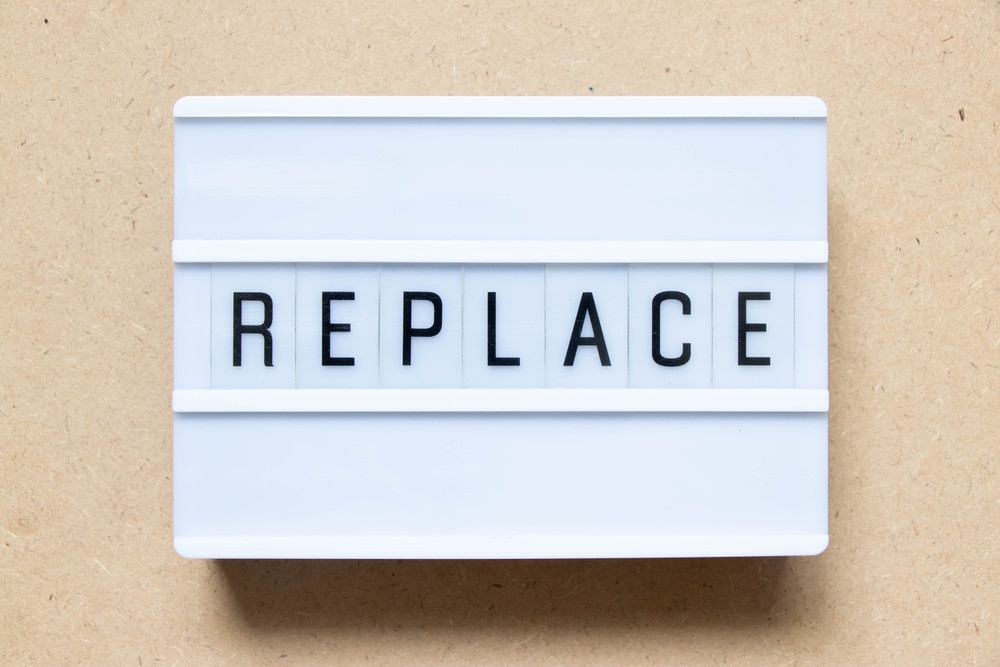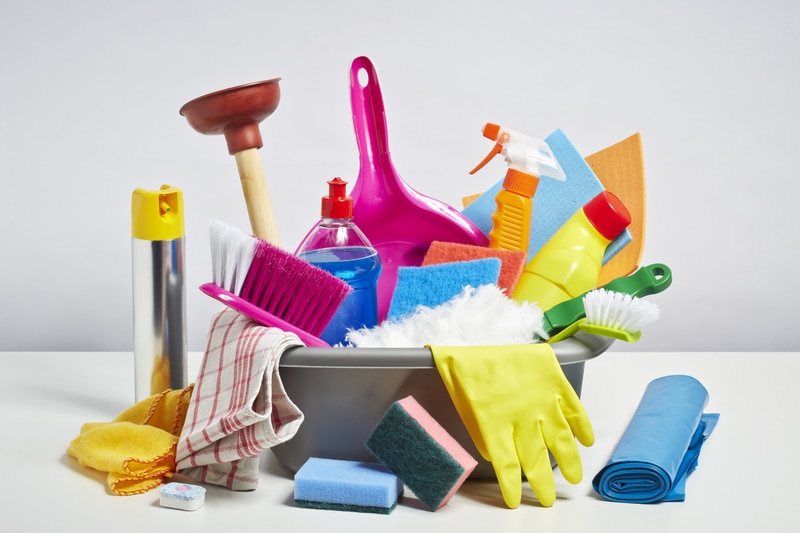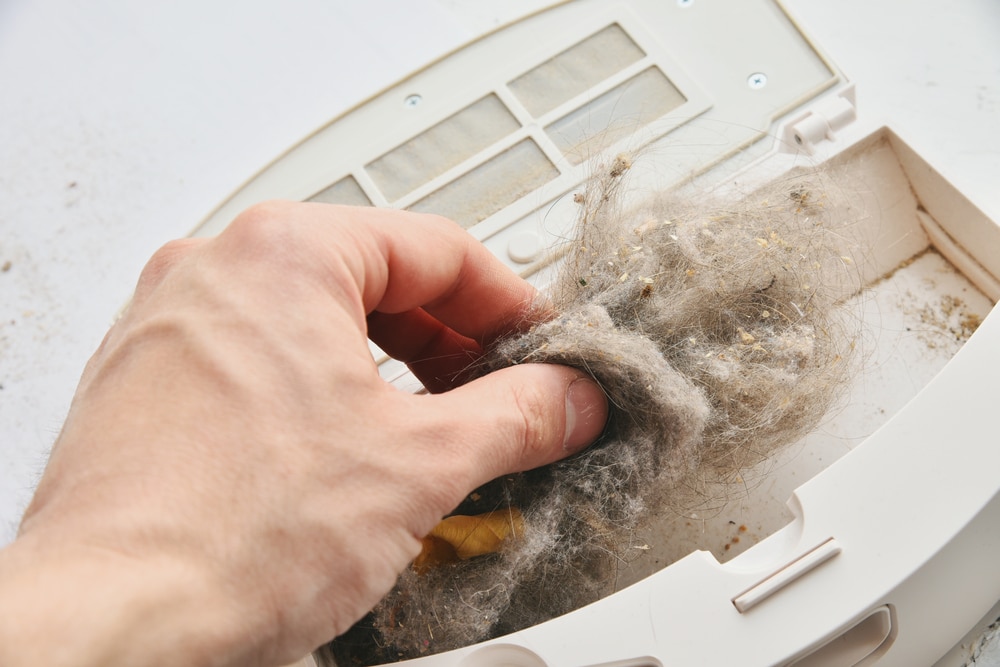
Managing the efficiency of your unit can be quite challenging when you don’t follow through with maintenance schedules.
So, if you want to avoid issues with the outboard while also increasing the life span of your unit, then make sure to schedule maintenance cycles every month.
Hopefully, that will help you keep the engine in perfect shape, and you will be able to get more performance out of it. Recently many users have come forward with issues with outboard not getting fuel.
If you’re also in a similar situation with the outboard engine, the solutions mentioned here should help you.
Outboard Not Getting Fuel
- Replace Primer Bulb
If your primer bulb has not been replaced in a long time, then you’re likely dealing with suction problems. So, it would help if you immediately inspected the primer bulb’s condition to determine whether it needs to be replaced.
On the other hand, if you’ve just replaced the primer bulb, you need to double-check the bulb’s orientation.
If your outboard is not getting fuel, replacing or fixing the primer bulb can help you maneuver the problem. You can install a new primer bulb within minutes, and you won’t have to spend more than ten minutes on the primer section.
Hopefully, the issue will be fixed after the new bulb has been installed in your setup.
- Fix Kinked Tubes
Issues with clogged or kinked tubes linked to your fuel tank can also create a similar problem for your outboard engine. So, if you believe that the primer bulb is in perfect condition, check the fuel lines for kinks.
Sometimes air gets in the fuel line and creates problems with the liquid flow.
To get around this problem, you need to check the status of the fuel lines connected to the motor and the fuel tanks. Most often than not, you will find a damaged section or a clogged opening.
So, you can either replace these valves or clean the tubes to overcome the fuel problem.
- Check the Fuel Pump
If you’re sure that your issue is not relevant to the solutions mentioned above, then there is a good chance that you’re dealing with a defective fuel pump. The best thing you can do in this situation is to replace the fuel pump.
If you’ve just bought the unit, you can also try to isolate the problem by checking the power output on the connection points.
Just use a multimeter and check for continuity. If the issue is not related to power, you need to call your dealer or customer support for help. Depending upon the warranty status, you can forward a claim.
You won’t have to spend money on a replacement unit.
On the other hand, if you don’t have a warranty, seeking professional guidance will help you isolate the problem quickly. So, make sure to involve professionals from customer support if you cannot figure out the source of the issue.
- Check the Fuel Line for Air leakage
When it comes to outboard motors, one of the most common issues users face is fuel not getting to the engine. This can happen for various reasons, such as a faulty primer bulb, kinked fuel lines, or a defective fuel pump.
To ensure that your outboard motor is running at its peak performance, you must take time to diagnose and fix any problems with the fuel delivery system.
To check for air leakage, inspect the fuel line for any visible signs of damage or wear and tear. If you find a leak, it’s likely the source of your fuel delivery issue and should be replaced immediately.
Additionally, inspect all fittings and connections to ensure that they are securely attached and not causing air leakage.
Once this is done, start the engine and check for any signs of air escaping. If your engine is still not getting fuel, it’s likely the result of a faulty fuel pump or other component and should be taken to a professional for repair.
- Check the Fuel Tank Float
In addition to checking for air leaks and kinks in the fuel line, it’s also important to check the fuel tank float. Located inside the fuel tank, this small device sends a signal to the engine when it’s time to refill the tank.
If it isn’t working properly, it can cause your outboard motor to not get fuel.
To diagnose and repair this issue, inspect the wiring for any signs of wear and tear. If you find any, they should be replaced as soon as possible. Next, check the fuel tank float itself for corrosion or dirt build-up.
If either of these is present, it’s likely causing the issue and should be cleaned or replaced accordingly.
Test the float by turning on the engine and ensuring it activates when the tank is low. If it doesn’t, you will need to replace or repair the float to resolve the issue.
- Add an External Fuel Filter
If your fishing outboard engine is not getting fuel, you should first check for any blockages or leaks in the fuel lines. If there are none, then it could be an issue with the fuel filter.
A clogged or dirty external fuel filter can prevent enough gasoline from reaching your engine and cause it to sputter and die.
To ensure that your outboard motor receives a steady flow of gas, add an external fuel filter between the tank and carburetor on older motors that don’t have one built in.
An external fuel filter will help remove impurities such as dirt, rust particles, and other debris before they enter the carburetor, which can cause damage to its internal parts like jets and valves.
It also helps reduce exhaust emissions by trapping these particles before they reach the combustion chamber, where they would otherwise burn up along with gasoline creating more pollutants in exhaust fumes.
The filters are inexpensive, so adding one won’t break your budget either.
7.Clean Carburetor Passages
If your outboard motor isn’t getting fuel, it could be due to a clogged carburetor. This is one of the most common reasons an outboard will not start or run properly.
The carburetor controls and mixes air and fuel for the engine, so if it’s blocked up, there won’t be enough gas flowing through to keep the engine running.
Fortunately, cleaning the carburetor passages is relatively easy and can often restore your outboard motor to working order in no time. Here are some steps to clean a clogged carburetor on an outboard motor.
- Disconnect the fuel line from the carburetor to prevent any fuel from entering the engine.
- Remove the carburetor and set it aside in a safe place where it won’t be damaged or lost.
- Using a brush, remove any dirt and debris that has built up on the outside of the carburetor.
- Use a can of carburetor cleaner and spray it into each of the passages to remove any fuel residue that may be stuck inside.
- Let the carburetor soak in the carburetor cleaner overnight before using a small brush or rag to scrub away any remaining dirt or debris.
- Reassemble the carburetor and reconnect it to the fuel line.
- Start your engine and test it to ensure it is functioning properly.
How to prevent this issue?
If you’re an avid fisherman, nothing is more frustrating than when your outboard motor won’t get fuel. This can be a major issue and cause delays in getting to the best fishing spots or even prevent you from going out on the water.
Not only does this mean losing time and money, but you also miss out on some of the most productive times for catching fish. You don’t want to lose precious time fishing due to a faulty motor!
You can take several steps to help prevent this issue from happening in the first place.
Regular maintenance, such as changing spark plugs, checking fuel lines and filters, and ensuring proper lubrication, will ensure your motor runs smoothly every time.
Ensure that your tank has enough fuel before heading out to avoid any issues while on the water. With these simple tips in mind, you’ll enjoy worry-free fishing days without fear of running into mechanical problems.
Conclusion:
Outboard motors can be a great source of entertainment and relaxation on the water, but they require regular maintenance to ensure that they run properly.
If your outboard motor is not getting enough fuel, it could be clogged carburetor passages or dirty fuel filters.
Taking the time to clean your carburetor and replace any old fuel filters can help restore your motor to working order in no time.
Regular maintenance, such as changing spark plugs and checking fuel lines and filters, will help prevent this issue from occurring in the first place.
With the right preventive measures and a bit of know-how, you’ll be sure to enjoy worry-free fishing days on the water with no fear of running into mechanical problems.





